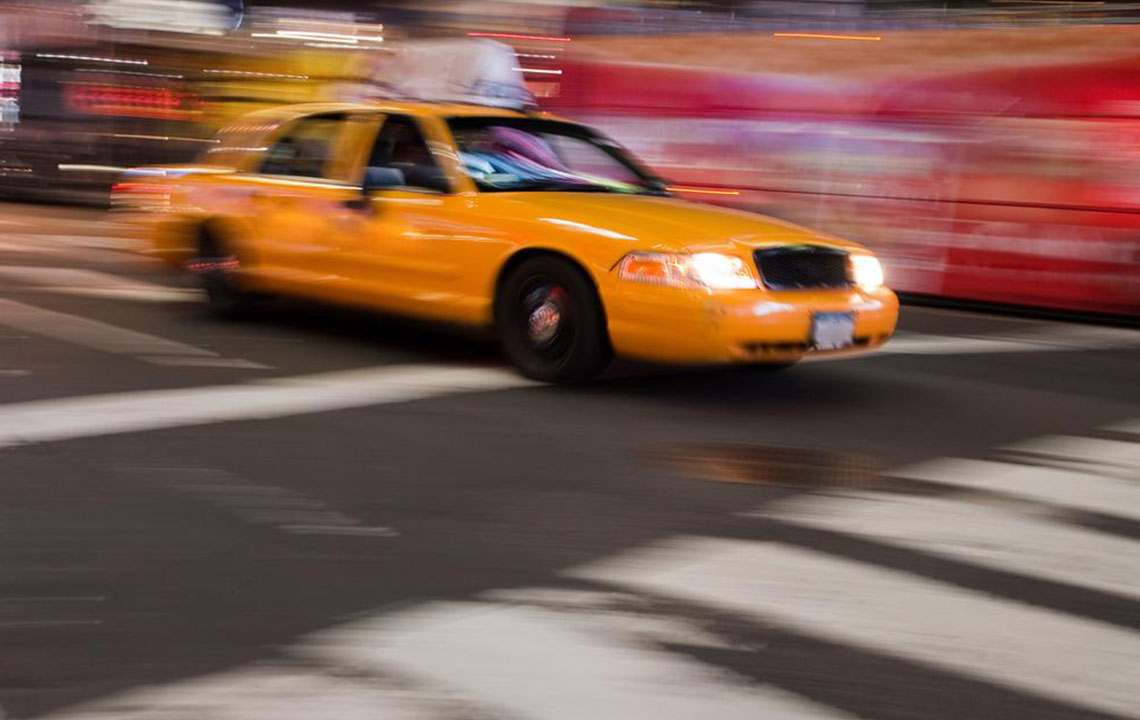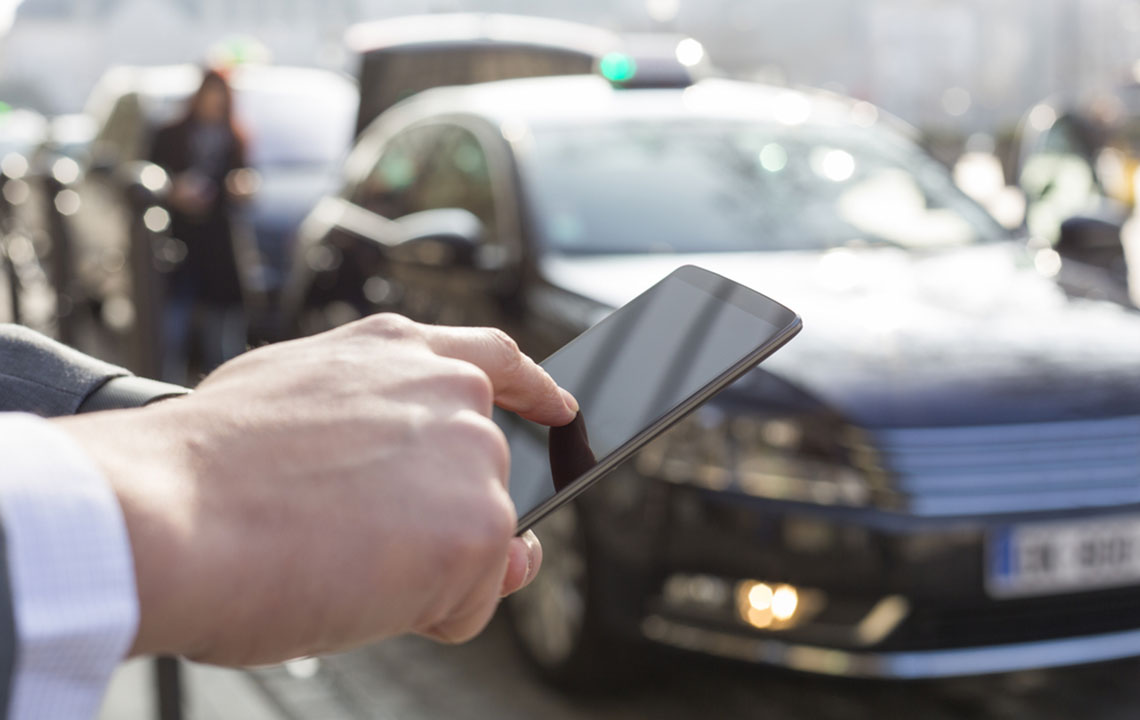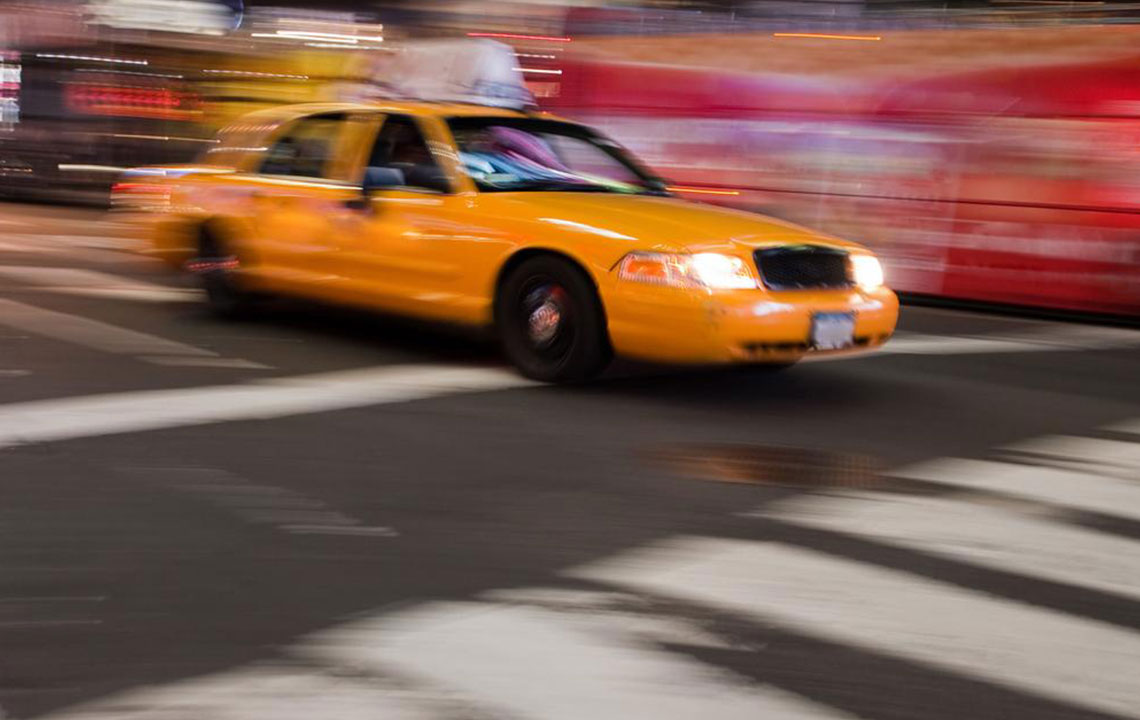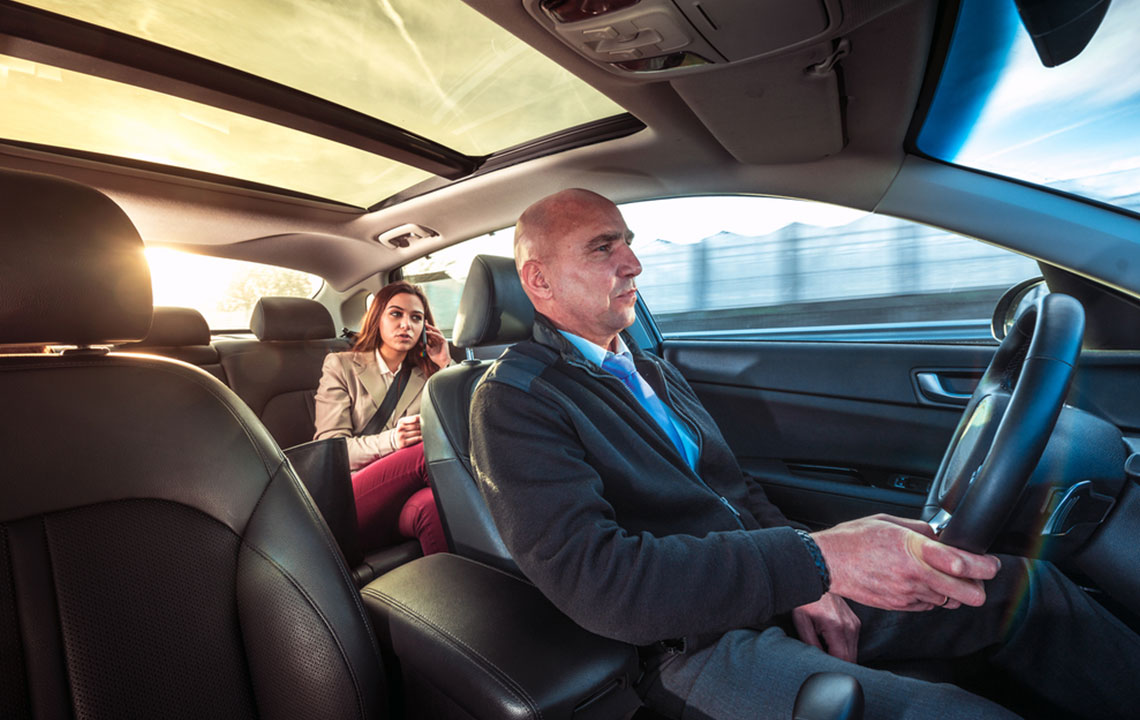Comprehensive Guide to Uber Fare Calculation and Factors Influencing Pricing
This comprehensive article explains how Uber fares are calculated, detailing the various factors that influence trip costs. From base charges to surge pricing, learn how to estimate fares accurately and make informed travel choices. Perfect for riders seeking transparency and budget planning tips.
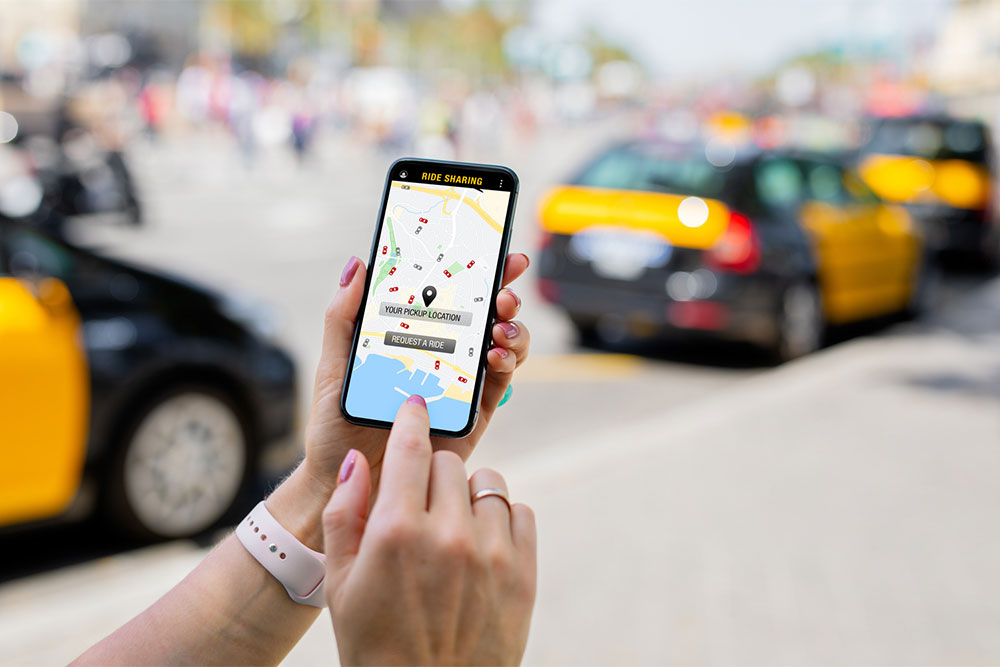
Comprehensive Guide to Uber Fare Calculation and Factors Influencing Pricing
Uber has revolutionized the way people travel by providing a convenient, app-based ride-hailing platform that seamlessly connects passengers with drivers. As one of the largest and most well-known ride-sharing companies globally, Uber operates on a comprehensive pricing system designed to ensure fair compensation for drivers while offering competitive rates to passengers. Understanding the intricacies of Uber’s fare calculation process is essential for travelers aiming to budget accurately and avoid surprises at the end of their rides. This article dives deep into the various factors that impact Uber ride costs, explains how fares are computed, and provides practical tips for estimating your fare before booking.
Fundamentals of Uber Fare Calculation
Uber’s pricing model primarily considers trip duration and distance traveled. When a rider requests a ride, the Uber app calculates an estimated fare based on these parameters, along with additional dynamic factors that can influence the final cost. The platform earns revenue by taking a commission—typically around 20%—from each fare paid to drivers. Payment is processed seamlessly through the app, making Uber one of the most transparent and flexible transportation options available today. Being familiar with Uber’s pricing elements can help users make informed decisions and choose the most economical options for their travel needs.
Key Elements That Influence Uber Pricing
The final fare a passenger pays depends on various specific components, which are influenced by trip details, time, and location. Each of these elements contributes to the overall cost and can vary significantly from one ride to another. Let’s explore these components in detail:
Pickup Charge: This fee covers the driver's travel to the rider's pickup point and can range from roughly $1 to $10, depending on the distance from the driver’s current location and the city’s pricing policies.
Platform Fee: Uber charges drivers a platform fee for using its service, which is included in the fare. This fee contributes to maintaining the app, customer support, and other operational costs. It’s generally a fixed percentage of the total fare, excluding tips, tolls, or additional charges.
Airport Surcharges: Special fees are often applied for pickups or drop-offs at designated airport locations. These surcharges help manage airport logistics and may vary based on local regulations and airport-specific policies.
Waiting Fees: If a driver has to wait beyond a certain grace period at the pickup location, additional charges are applied. Typically calculated per minute, waiting fees compensate drivers for their time when riders are delayed or unready.
Surge Pricing: During periods of high demand—such as rush hours, bad weather, concerts, or public events—Uber activates surge pricing, which multiplies the base fare by a certain factor (often between 1.5x and 3x). Surge pricing incentivizes more drivers to become available and helps balance the supply-demand gap.
Tolls and Additional Surcharges: If your route passes through toll booths or restricted zones, these fees are added to the fare. Uber either includes these charges upfront or adds them afterward, depending on the city’s policies.
Cancellation Fees: If a rider cancels the ride after a specified waiting period or once the driver has accepted the trip, a cancellation fee (commonly around $10) may be levied to compensate the driver for their time and effort.
Regional and Local Taxes: In certain cities or states, additional taxes or municipal fees are incorporated into Uber fares. These can include transportation taxes, environmental levies, or local transit funding contributions, all of which vary across regions.
Sales Tax: Applicable sales taxes are included in the final fare, which vary based on local tax regulations.
Cleaning Fees: If the vehicle interior is left excessively dirty or damaged, Uber may impose a cleaning fee, the amount of which depends on the extent of the mess.
Upfront Fare Estimate: Before confirming a ride, Uber provides an estimated upfront fare based on initial trip details. This pre-calculated fare offers transparency and helps riders decide whether to proceed with the booking.
It’s important to note that these fare components can change if trip details are modified. For example, adding extra stops, extending the ride, or changing the route can lead to fare adjustments. Additionally, if the upfront fare estimate isn’t utilized, the ride cost will be calculated based on the actual duration and distance traveled, often resulting in differences from the initial estimate.
To better understand the cost of your Uber ride, it’s advisable to use the Uber app’s fare estimation tools or online fare calculators. These tools allow you to input your starting point and destination to get an approximate fare, factoring in current traffic conditions and demand levels. These prices are dynamic—it’s common for Uber fares to fluctuate based on traffic, time of day, and other extrinsic factors. During surge periods, prices can spike significantly, sometimes up to 3- or 4-fold, which is crucial to consider when planning your trip.
Regarding typical fares, Uber generally charges about $1 to $2 per mile. However, this rate varies depending on the city, vehicle type, and demand. Several independent studies have demonstrated that Uber often costs up to 40% less than traditional taxis, making it a popular choice for budget-conscious travelers. Nonetheless, during peak times or in busy areas, Uber fares can sometimes match or even exceed taxi prices, especially when surge pricing is in effect.
Uber’s dynamic fare system is designed to optimize driver availability and passenger convenience. By understanding the core components that influence fares, riders can better anticipate costs, avoid surprises, and choose the most suitable vehicle types and times for their trips. Whether you’re commuting during rush hour or heading to an event, knowing how Uber prices are determined can significantly improve your experience and budgeting strategies.
In summary, Uber's fare calculation is a complex yet transparent process that considers multiple variables including distance, time, demand, and additional surcharges. As ride-sharing continues to grow, staying informed about these pricing factors enables riders to make smarter decisions, save money, and enjoy a seamless travel experience across various cities worldwide.
